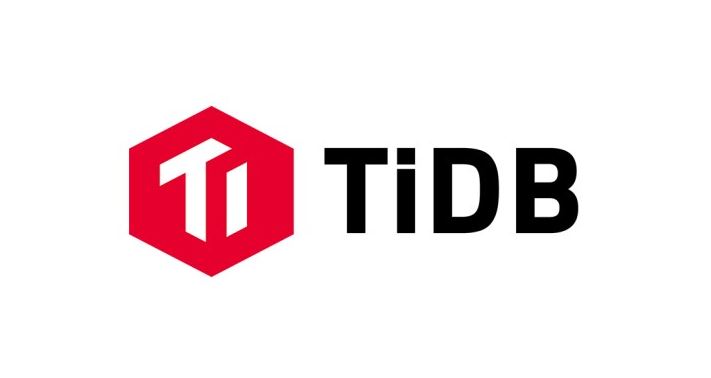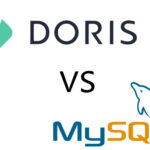Introduction
TiDB is a powerful distributed SQL database that combines the scalability of NoSQL systems with the familiarity of MySQL. Installing TiDB via Docker Hub simplifies the setup process, while its compatibility with MySQL makes data migration seamless. This guide walks you through installing TiDB using Docker, backing up your MySQL database, and restoring it into TiDB.
Step 1: Install TiDB Using Docker Hub
Prerequisites
- Docker installed on your system.
- Basic knowledge of Docker commands.
Steps
- Pull the TiDB Docker Image
Open your terminal and run the following command to pull the official TiDB image from Docker Hub:
docker pull pingcap/tidb:<version>Replace <version> with the desired TiDB version (e.g., v6.5.0).
- Run the TiDB Container
Start the TiDB container with the following command:
docker run --name tidb-server -d -p 4000:4000 pingcap/tidb:<version>-p 4000:4000maps port 4000 of the container to your host machine.--name tidb-serverassigns a name to the container for easier management.
- Verify the Installation
Connect to the TiDB server using the MySQL client:
mysql -h 127.0.0.1 -P 4000 -u rootIf successful, you’ll see the TiDB welcome message.
Step 2: Backup Your MySQL Database
Why Backup?
Before migrating data, you need to create a backup of your MySQL database to ensure no data is lost during the process.
Steps
- Install
mysqldump
Ensuremysqldumpis installed on your system. For Ubuntu/Debian:
sudo apt-get install mysql-client- Export the MySQL Database
Usemysqldumpto create a backup file:
mysqldump -h <mysql_host> -u <username> -p<password> <database_name> > backup.sqlExample:
mysqldump -h 127.0.0.1 -u root -pmypassword mydb > backup.sqlThis creates a file named backup.sql containing the schema and data of your MySQL database.
Step 3: Restore the Backup to TiDB
Steps
- Transfer the Backup File
Copy thebackup.sqlfile to the machine running the TiDB container. - Import the Backup into TiDB
Use the MySQL client to import the backup file into TiDB:
mysql -h 127.0.0.1 -P 4000 -u root < backup.sqlExample:
mysql -h 127.0.0.1 -P 4000 -u root < /path/to/backup.sqlThis restores the schema and data into TiDB.
- Verify the Data
Connect to TiDB and check if the data has been imported successfully:
USE mydb;
SELECT * FROM mytable LIMIT 10;You should see the same data as in your MySQL database.
Step 4: Test the Migration
Example Scenario
Suppose you have a MySQL table named users with the following structure:
CREATE TABLE users (
id INT PRIMARY KEY,
name VARCHAR(50),
email VARCHAR(100)
);After restoring the backup, verify the data in TiDB:
SELECT * FROM users;If the output matches your MySQL data, the migration was successful.
Additional Tips
- Handle Large Databases
For large databases, consider splitting the backup into smaller chunks or using tools likemydumperfor faster exports. - Monitor Performance
After migration, monitor TiDB’s performance using its built-in monitoring tools (e.g., Grafana and Prometheus). - Optimize Queries
While TiDB is compatible with MySQL, some queries may require optimization for better performance in a distributed environment.
Conclusion
Migrating from MySQL to TiDB is straightforward when using Docker Hub for installation and leveraging tools like mysqldump for backup and restore. By following this guide, you can seamlessly transition to TiDB and take advantage of its scalability and reliability.
Start your journey with TiDB today and unlock the potential of distributed databases for your applications!






Leave a Reply